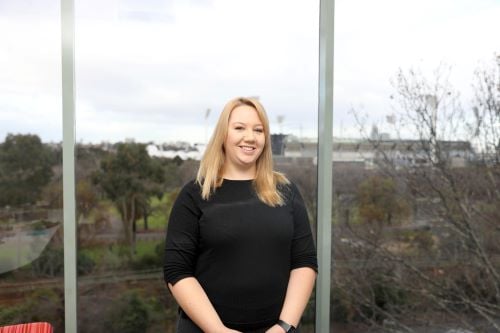

An experienced financial lines underwriter says hard-to-place risks are returning to the Australian market, as Lloyd’s continues to reduce its capacity – and that could be a good thing for certain brokers.
Speaking to Insurance Business, ProRisk underwriter Vanessa MacDonald (pictured) offered her predictions on how the professional indemnity market will evolve over the next 12-24 months – suggesting some obstacles may lay ahead.
“I expect the market to become more challenging for all parties – however, those with a sound understanding of professional indemnity and the unique exposures of the product will ultimately rise to the top,” says Melbourne-based MacDonald.
“The marketing is hardening, and Lloyd’s is reducing their capacity, resulting in some underwriting agencies needing to remediate their portfolios, or even losing their capacity,” she continues, noting that a number of market segments have become distressed – including engineers and construction professionals, real estate agents, lawyers, and financial services.
“These hard-to-place and distressed risks, which were typically placed direct into London, are now coming back into the Australian market,” says MacDonald.
“While there will always be a place for online portals for vanilla risks, online platforms do not cater to everything; and the hard coating of underwriting rules will lead to fewer markets for small complex risks,” she adds.
MacDonald also says that more focus is being placed on a client’s internal procedures and risk management controls when considering a submission.
“We will begin to see more pushback on risks that don’t have adequate controls or systems in place, putting the onus on the insured to have procedures to mitigate their risk, rather than relying on insurance first and foremost,” she said.
For brokers who want to set themselves apart and deliver better outcomes, MacDonald says there is one thing in particular to remember.
“Know your client,” she urges. “When I get a less straightforward risk, I will call the broker and have a chat about the overall submission. If you can give me a story about the client, their needs, and your expectations, I can work with you to get the best outcomes for the client.”
However, she suggests this isn’t always the case, and often leads to disappointment for both brokers and their customers.
“When sections of proposal forms are blank, or incomplete, it makes it very hard for the underwriter to get a complete picture or even rate the risk,” she says.
“I always encourage brokers to give me a call if they are unsure about a risk, or if they have a short timeframe. Ultimately the best way to help your clients get the best terms is to be open and honest with your underwriter.”
